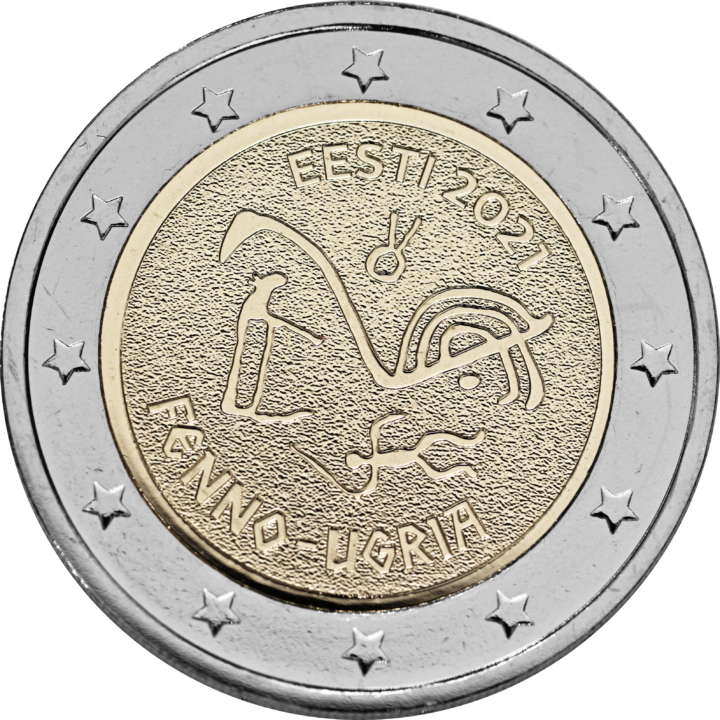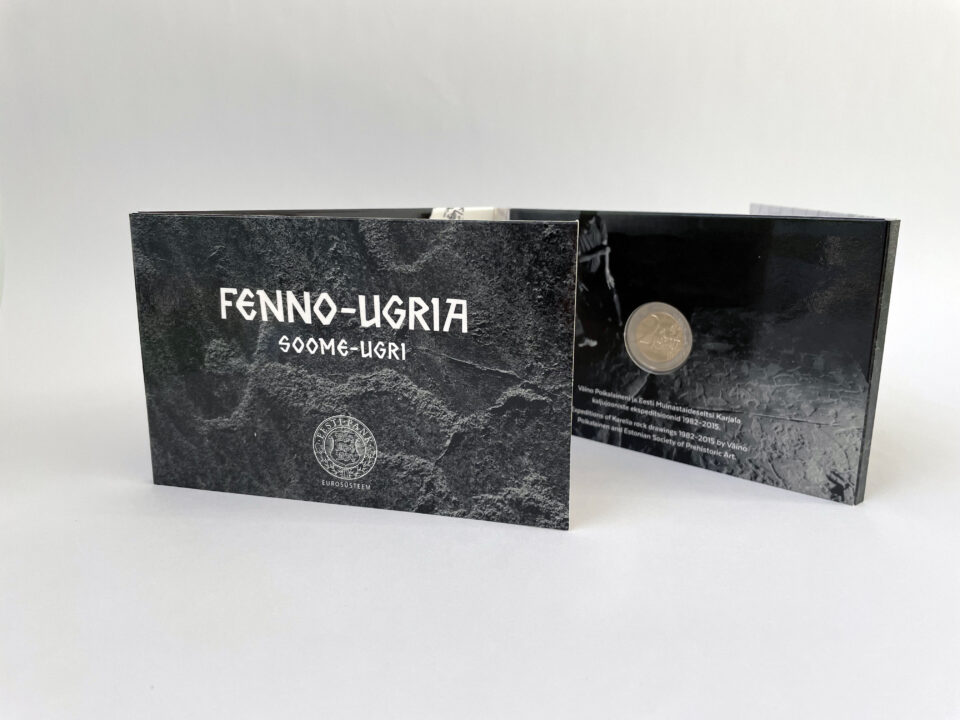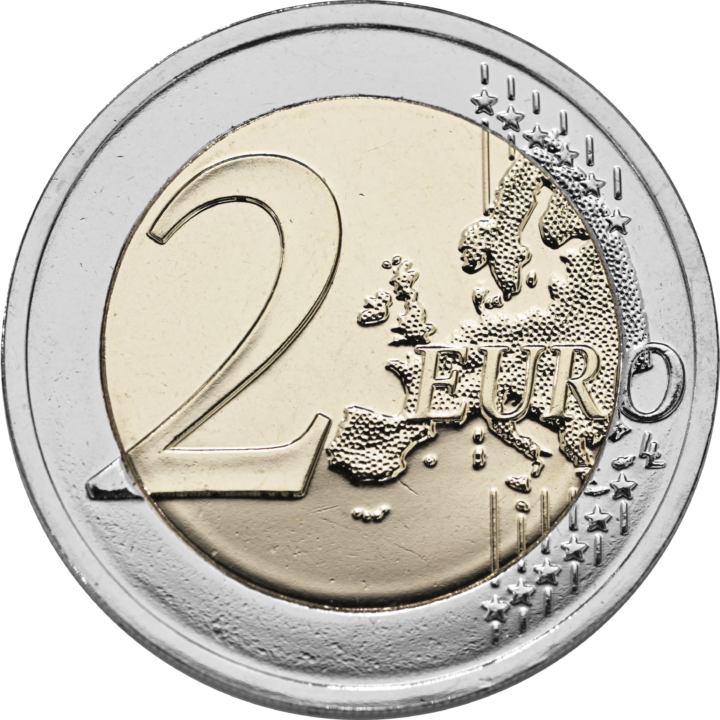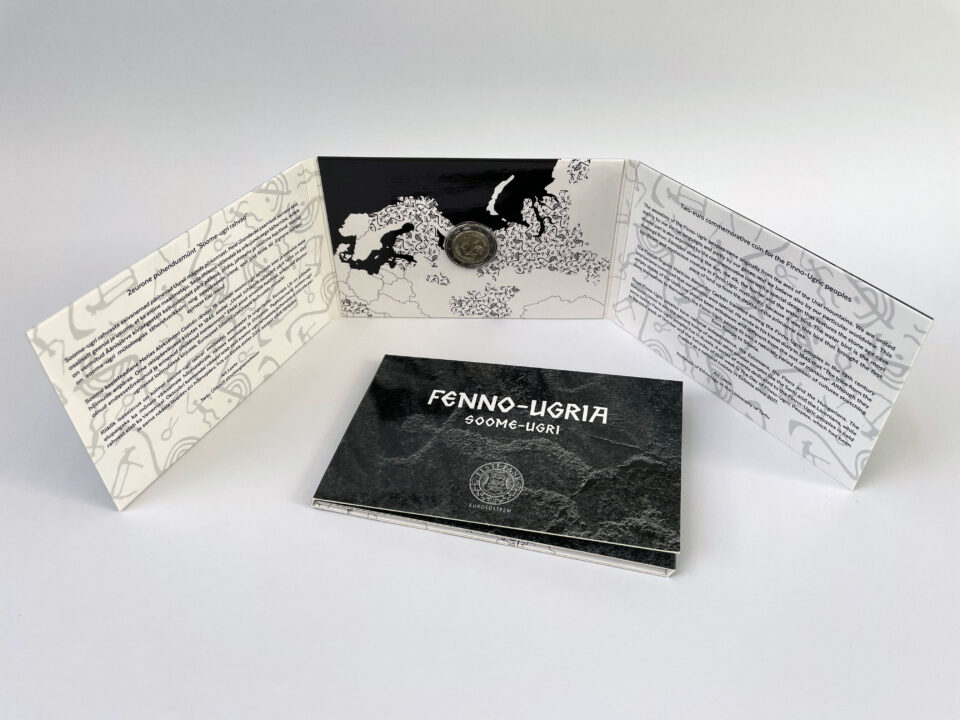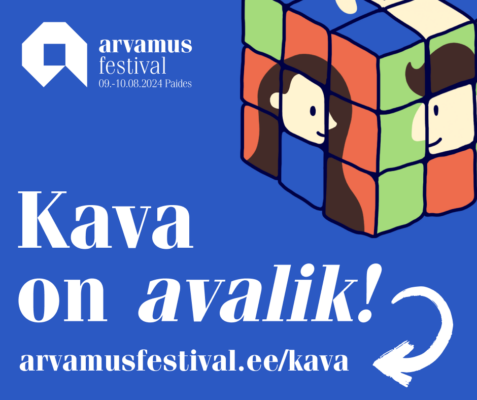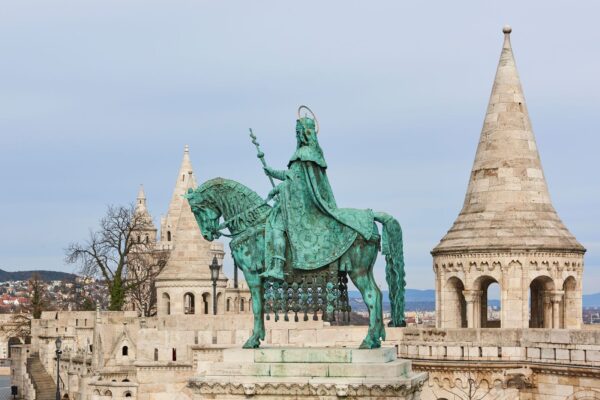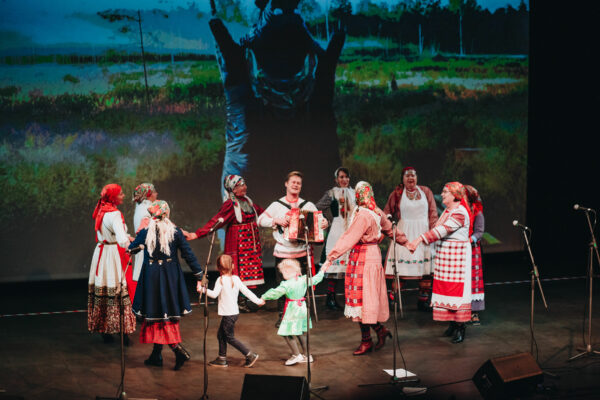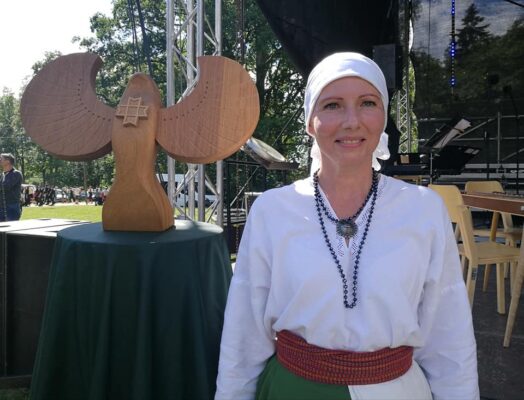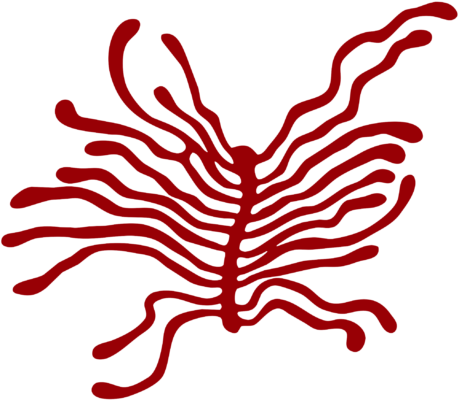Eesti Pank is issuing a two-euro coin for the Finno-Ugric peoples into circulation
Governor of Eesti Pank Madis Müller will present the commemorative coin and the coin card at the VIII World Congress of the Finno-Ugric peoples in the Estonian National Museum in Tartu.
The coin will enter circulation through banks and shops on 16 June One million of the coins will be minted There will be 12,000 two-euro coin cards, which will sell for 10 euros The coins and coin cards will be on sale in the Omniva online shop from 12.00 on 16 June The coins will not be sold in the shop of the museum of Eesti Pank or in post offices
“Eesti Pank is this time issuing a quite special coin that is dedicated to our roots as a people. Estonians are one of the Finno-Ugric peoples1, who share similar languages and genes, and perhaps also a similar way of seeing the world. This is shown in the small but very meaningful symbols on the two-euro coin that will shortly enter circulation”, said Governor of Eesti Pank Madis Müller.
The design of the commemorative coin features the stone age cave drawings from Äänisjärv showing the sun, the elk, the hunter and the water bird. The cave drawings of Äänisjärve appear on the UNESCO list of world heritage. The coin was designed by Al Paldrok and Madis Põldsaar.
The two-euro commemorative coins with the special design are valid as legal tender throughout the euro area. They will enter circulation through banks and shops from 16 June.
A total of one million coins have been minted, of which 12,000 are BU (brilliant uncirculated) quality and are sold on a coin card. The coins were minted by the Lithuanian mint.
Governor of Eesti Pank Madis Müller will present the commemorative coin and the coin card at the VIII World Congress of the Finno-Ugric peoples in the Estonian National Museum in Tartu.
The designers of the coin
The winning author Al Paldrok copied the symbols from the cave when he went there on a scientific expedition in 1984. Paldrok graduated in sculpture from the Estonian Academy of Arts and has also studied at the art academies of Helsinki and Oslo. He is a founder of the conceptual art school Academia Non Grata and a leading figure in the global Non Grata art group.
Madis Põldsaar has worked for more than 10 years as a graphic designer specialising in logos representing business values and personal qualities and producing brand identity systems. Alongside his work in his own design company Beaugeste he has a passion for creating vector portraits.
What are commemorative coins?
Commemorative coins are two-euro coins that are released into circulation, and that have a special commemorative design on the national side in place of the usual national design to commemorate a particular significant national or European event or topic. The coins are all legal tender throughout the euro area, so they can be used for payments like any other euro coin.
1 The ancestors of the Finno-Ugric peoples came originally from the area of the Ural mountains. Three Finno-Ugric peoples have national independence, the Estonians, the Finns and the Hungarians. The European Union is also the ancient home of several other smaller tribes like the Sami and the Livonians. Some twenty Finno-Ugric nations also live in Russia.
